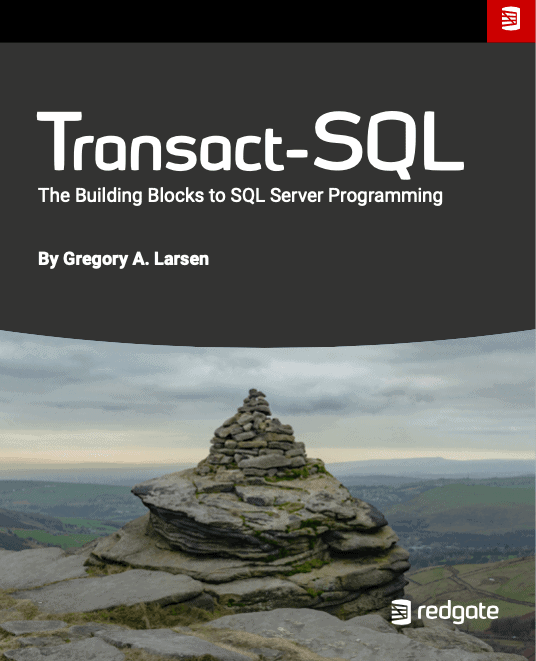|
| Featured Contents |
| Question of the Day |
| |
| The Voice of the DBA |
| Coming Out of the Cloud Google has launched a version of their AlloyDB that can be installed on-premises. AlloyDB is a PostgreSQL compatible cloud database, a full-managed PaaS service. However, they are giving away a free developer edition and a paid for commercial license that can be installed where a customer wants to run it. The new product is called AlloyDB Omni. I like Google's approach here. Obviously Google would prefer lots of their customers would move to the cloud version hosted in GCP (Google Cloud Platform), but they know that's not realistic. Even for customers that want to move to GCP, the customers might need to keep some workloads on-premises for a period time, so Google is giving them an option to modernize their workload with a new datastore that is PostgreSQL compatible, but running on-premises. Presumably this will be compatible with the cloud version and if customers want to, they can just shift to AlloyDB. This is similar to what Microsoft is doing as Azure SQL versions, both database and Managed Instance, are mostly compatible with SQL Server on-premises. There are easy migration paths, but since the cloud and local versions aren't quite the same, it might not be simple to migrate. There are lots of tools to help, but the biggest problem (in my mind), is having a development environment that mimics what I get in the cloud. I need to be able to work not only offline, but with the unlimited CPU I get on my laptop. I don't want to pay for developers to stand up cloud instances to experiment with code. There is the SQL development container (running Edge), but that's a container and I find far too many people don't like working with the container versions. They struggle with getting their data set in the container, or keeping it up to date. Plus there's the fact that the local environment seems linked to database projects, which not everyone uses. Especially those of us using Redgate tooling. I have been surprised in the last five years by how many companies have moved to the cloud. I'm especially surprised how many have performed lift-and-shift migrations to IaaS services after a mandate by management. I'm also not surprised that many customers find they're spending too much, and that both Azure and AWS realize they need to help customers spend less before they lose them. The cloud can be a good place for workloads, but you need to plan for it, and often you need to modernize apps, make them less chatty, and write better code against your data services. To do that, I think you need a local dev environment and I like the way that Google is providing that with AlloyDB Omni. I wish we also had a switch to get a local SQL Server dev edition to act like Azure SQL DB. Steve Jones - SSC Editor Join the debate, and respond to today's editorial on the forums |
| |
| Featured Contents |







